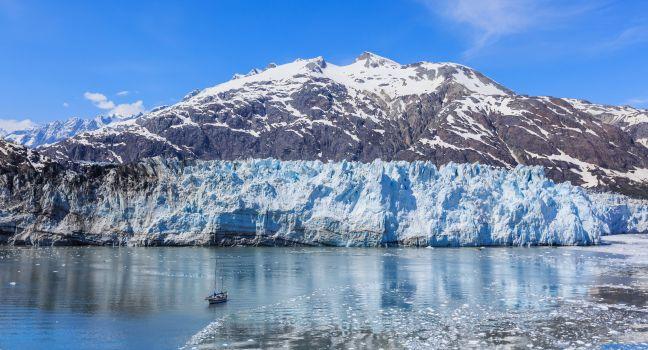Fodor's Expert Review Glacier Bay National Park and Preserve

Tidewater glaciers in Glacier Bay National Park calve icebergs into the sea with loud blasts. Humpback whales breach, spout, and slap their tails against the water. Coastal brown bears feed on sedge, salmon, and berries. Bald eagles soar overhead, and mountains in the Fairweather Range come in and out of view. This magical place rewards those who get out on the water—whether it be in a cruise, a day boat, or a kayak. Glacier Bay is a marvelous laboratory for naturalists of all persuasions. Glaciologists, of course, can have a field day. Animal lovers can hope to see the rare glacial "blue" bears of the area, a variation of the black bear, which is here along with the brown bear; mountain goats in late spring and early summer; and seals on floating icebergs. Humpback whales are also abundant in these waters; the best time to see them is June through early August. Birders can look for the more than 200 species that have already been spotted in the park, and you are assured bald eagle... READ MORE
Tidewater glaciers in Glacier Bay National Park calve icebergs into the sea with loud blasts. Humpback whales breach, spout, and slap their tails against the water. Coastal brown bears feed on sedge, salmon, and berries. Bald eagles soar overhead, and mountains in the Fairweather Range come in and out of view. This magical place rewards those who get out on the water—whether it be in a cruise, a day boat, or a kayak. Glacier Bay is a marvelous laboratory for naturalists of all persuasions. Glaciologists, of course, can have a field day. Animal lovers can hope to see the rare glacial "blue" bears of the area, a variation of the black bear, which is here along with the brown bear; mountain goats in late spring and early summer; and seals on floating icebergs. Humpback whales are also abundant in these waters; the best time to see them is June through early August. Birders can look for the more than 200 species that have already been spotted in the park, and you are assured bald eagle sightings. The bay is a still-forming body of water fed by the runoff of the icefields, glaciers, and mountains that surround it. Today many glaciers in the park, including the namesake glacier of naturalist John Muir, who was one of the region's earliest proponents, continue to retreat: the Muir Glacier's terminus is now scores of miles farther up the bay from the small cabin he built there. However, some of the glaciers are still healthy, such as the Johns Hopkins Glacier and the Marjorie Glacier, which receive enough snow to maintain their size or even grow. Bartlett Cove, an area that's been ice-free for more than 200 years, has a lush spruce-and-hemlock rain forest as well as the 2,500-square-foot Huna Tribal House (Xunaa Shuká Hít), a space for tribal members and for visitors to learn about Tlingit history and culture.
READ LESS


